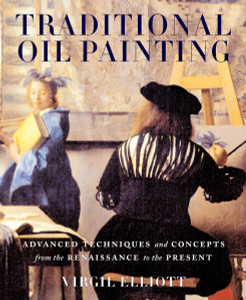Floating Threads represents an attempt to catalogue float weave techniques used to decorate Batik cloth throughout the archipelago and hints at possible lines of distribution. Being a coffee-table book, photographs are an important part of the story. Our main sources for photography have been collections in Indonesia's own provincial museums and the National Museum of Indonesia with gaps filled by local collectors and foreign museums when not available in Indonesia. Unfortunately, Indonesia's provincial museums were established after 1950, when specimens of some textiles were no longer available in the country, the prime examples of this being the pinatikan of North Sulawesi and the Kalumpang (West Sulawesi) textiles featured in Chapter Two. The photographed textiles cover the 19th century to the present, complementing the text which reaches into the distant past and includes recent experimentations, for contemporary fabrics are as important as historical weavings to the continuation of Indonesia's precious textile traditions. Modernization is the only way to keep weavers interested in plying their trade, stimulated by the popularity of their products. New forms will always arise to replace old styles that have fallen out of favor, but there will always be a weaver or two who will go beyond craft-production to the level of fine art, as the reader will see in this book. The discussion has been expanded with technical details of specific weaves by the Japanese scholar Keiko Kusakabe, a PhD candidate who has been trekking through the difficult terrain of West and northern South Sulawesi for over a decade in her quest for information on traditional textile production techniques in the region. Keiko keeps these techniques alive by teaching them to her students in Japan.








